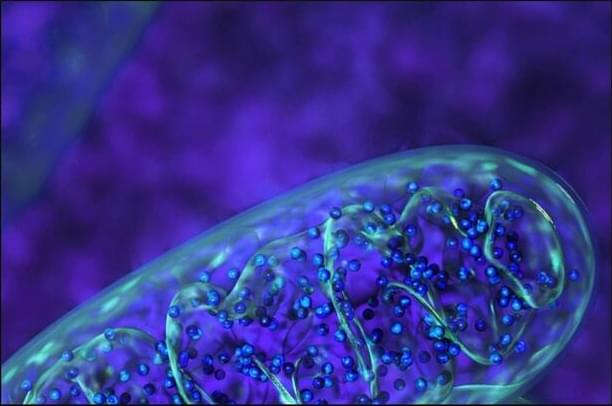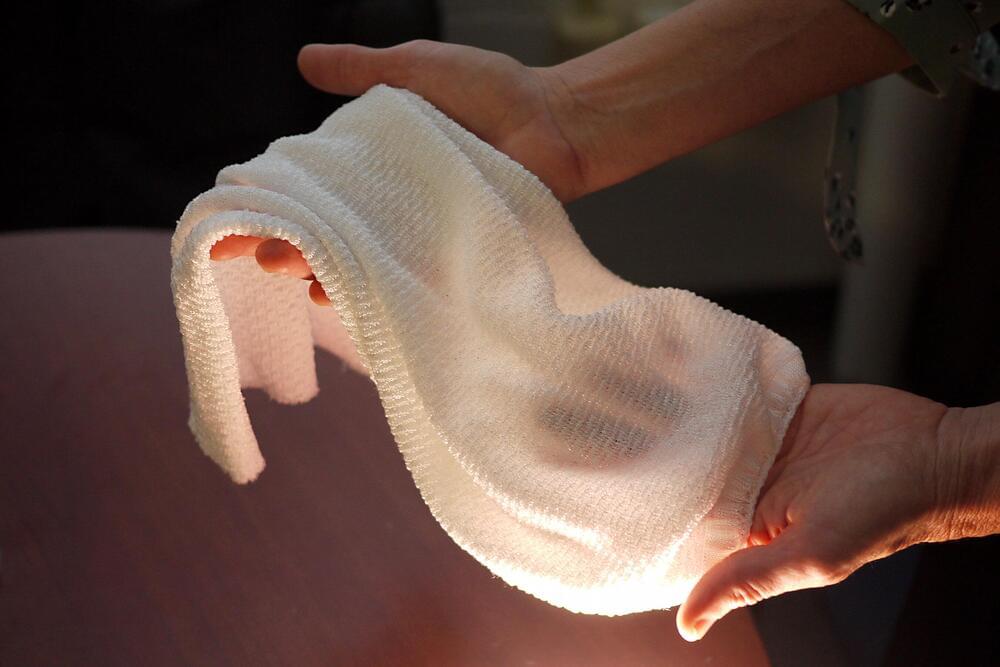Northwestern University researchers have made a significant breakthrough in the field of seismology, developing a new earthquake probability model that will help scientists better predict when the next big earthquake will occur on a fault. The model, which was recently published in the Bulletin of the Seismological Society of America, offers a more comprehensive and realistic approach than current models.
Seismologists have long assumed that big earthquakes on faults are relatively regular and that the next quake will occur after a similar amount of time as between the previous two. However, the earth doesn’t always follow this pattern, and earthquakes can sometimes come sooner or later than expected. This is where the new model comes in, as it considers the specific order and timing of previous earthquakes to forecast the next one.
The model also helps explain why earthquakes sometimes come in clusters – groups with relatively short times between them, separated by longer times without earthquakes. The research team, consisting of seismologists and statisticians, was led by Stein, a faculty associate of Northwestern’s Institute for Policy Research (IPR) and co-authored by Professor Bruce D. Spencer and recent Ph.D. graduates James S. Neely and Leah Salditch.








